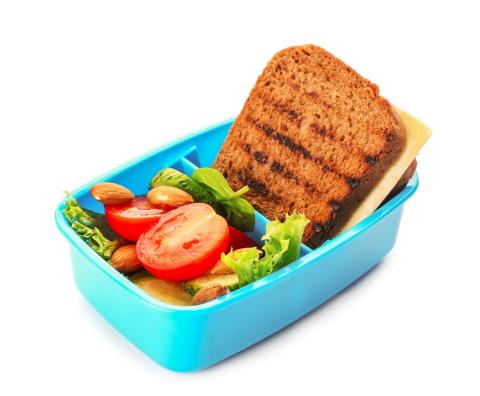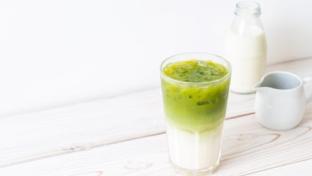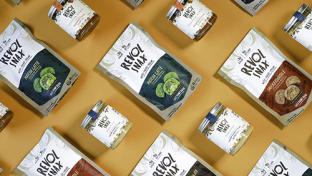Retailers Get Ready for Back-to-School Lunches

A recent survey from the International Food Information Council (IFIC) has revealed parents’ attitudes and behaviors related to feeding kids ages 2 through 10. Retailers and retail dietitians can use key findings from the survey in their promotions and programs to help parents provide appealing, healthy school lunches and snacks.
Room for Improvement
Most surveyed parents said they’re confident that their child’s current diet sufficiently addresses top priorities such as growth and development, health, and cognitive ability. Parents also acknowledged that certain aspects of their child’s diet and eating habits could be improved, however, including their child’s willingness to try new foods (42%), the variety of foods and amount of vegetables their child eats (both 37%), snacking habits (36%), and the amount of sugar their child consumes (34%).
To remedy this, provide fun, kid-friendly lunch and snack ideas for tasty new foods, including veggies and lower-sugar items. Consider programming that involves kids in choosing, preparing and tasting new foods to tackle the “pickiness factor” cited as a major obstacle to healthy eating by nearly four in 10 (39%) parents.
Label Lessons
Parents most often cited nutritional value as being extremely or very important when making food and beverage choices for their kids. Not surprisingly, as a result, parents pay attention to labels when they shop. Most said they always or often look at product labels, including the Nutrition Facts label, the ingredients list, front-of-pack icons and serving size information.
Help parents spot healthful lunchbox and snack choices by highlighting relevant nutrients, ingredients and allergens on shelf tags or point-of-purchase displays.
Concerns About Cost, Waste and the Environment
When the survey was completed in early 2021, nearly one-third (30%) of parents said the cost of healthy foods was a major obstacle to healthy eating in their households. Recent price spikes in food, gas and more suggest that this percentage is significantly higher now.
In addition, more than nine out of 10 parents said it’s at least somewhat important to choose foods their child will eat and not waste — a common lunch-packing lament that’s more important than ever in light of today’s rising prices. On a related issue, about eight in 10 parents said it was at least somewhat important that the foods they choose for their child are produced in an environmentally sustainable way.
In response to this concern, offer lunch and snack ideas centered on sale items and lower-cost staples, and consider the needs of WIC and SNAP recipients. Give cost-saving tips such as repackaging snacks from bigger packages or the bulk bin into individual servings, instead of buying single-serving packs (more sustainable, too). To reduce the likelihood that lunches get tossed or traded, encourage parents to plan and pack lunches with their child.
Suggest more sustainable lunchbox choices such as meatless sandwiches like good old PBJ (peanut butter can be substituted with allergy-friendly options), and seasonal fruits and veggies (organic if that’s affordable to your shoppers). Recommend using lunch containers made from sustainable materials, reusable sandwich bags and water bottles, and thermoses.





